Military coins are popular among coin collectors and war veterans because of their history and symbol for love of country
Challenge coins can be called “military unit coins“. Technically, they are not coins at all (since they do not have a face value), but are medallions bearing a military insignia or an organization’s emblem. Military challenge coins are not legal tender.
Oftentimes, these military coins are called:
- unit coins
- memorial coins
- unit challenge coins
- commander’s coins
- company coins
- honor coins
During Vietnam war, traditionally soldiers were used to carry a lucky ammunition or ordnance before engaging the enemy. Out of the battlefields, the soldiers devised a little game: the soldier who cannot produce his ordnance at his comrade’s “challenge” will buy drinks for troop members who have theirs.
However, this practice of carrying lucky charms proved to be cumbersome over time. Today, the military coin traditions are still practiced among those in the military service as a symbol for esprit de corps. Their popularity has also spread throughout other organizations.
There are now police challenge coins, fire department challenge coins, and for other units of men and women in uniform all over the world.
What is the first American challenge coin?
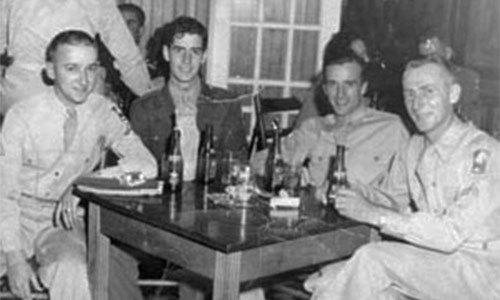
Somewhere in the haze of zealous warfares and daring air strikes in WW1, the US challenge coins were conceived.
Like other military traditions, there are many claims on how these medallions originated. Nonetheless, the historical exploits regarding the first military challenge coins remain popular among the stories told by war veterans.
One account states that a rich Ivy Leaguer air squadron lieutenant offer to each of his comrades a gold-plated medallion with their troop’s insignia. A fellow pilot was overwhelmed with such gift that he kept it inside a small leather pouch and wore it around his neck.
Later on, this pilot was captured by Germans troops. They confiscated his identification documents except one – the gold coin he wore around his neck.
Soon, the pilot was able to escape and was caught again put in custody by the British allies who thought he was a German saboteur. But because of the gold coin that bore his troop’s badge, he was later on identified as an American pilot and was sent back to his squadron.
The coin check
The challenge or coin check is the jaunty way to guarantee that each troop member is carrying his or her unit’s coin all the time. The coin check can be done at any time and place. The basic rules go:
1) The initiation of the coin check starts by drawing out a coin and declaring a challenge verbally or by slapping down the coin on any hard surface thereby producing an audible sound. Dropping a coin unintentionally puts the owner at stake for an “accidental coin check”.
2) All those who are challenged should respond by showing their coins.
3) The person who fails to produce a coin must buy a round of drinks for the challenger and all those who have their coins with them.
4) However, it’s the challenger who must buy drinks for the entire group when each one will be able to draw out his or her coin.
5) If you fail to purchase a round of drinks, then your coin could be forfeited by the issuing authority.
6) The step-and-reach is permitted for those who don’t have their coins near them (for instance, when the challenged person is in the shower).
Popularity of military challenge coins
Outside the military and other civil service organizations, challenge coins are also becoming popular among fraternities and colleges. The NFL, NASCAR, and World Series of Poker have their challenge coins.
The military unit coins are also used for awards to boosts the troop members’ morale. There are challenge coins of numerous military units sold at online stores or you may opt to have one personalized from coin makers.
Challenge coins numismatic value
Most unit coins are made out of precious metals or if not, they are commonly plated with gold or silver. There are collectors who specialize in challenge coins. This branch in numismatics is called exonumia.
There are many challenge coins from different organizations available in the market. However, if you want to have your medallion customized, you can go to a coin maker.
It may be costly because the die used to imprint a coin design has to be custom-made first. Other factors to consider are the quantity, design, color, finish, and etc.
There are ready-made challenge coins of U.S. organizations manufactured offshore in China and South Korea where the production costs are cheaper.
Even if you are not in the military service, you can be a proud owner of a challenge coin for some of them are made for a special cause. One of the collectible military coins that support the service is the Combating Terrorism coin for the children of special operation soldiers killed in the line of duty.
Collecting Military coins
Collecting challenge coins or military medallions brings back memories for those who have served in the military, police, or even in private and government agencies. Military coin collecting is a numismatist’s personal statement of how each coin represents a special place, a memorable operation, or an exceptional unit.
Thus challenge coins, as we all know, is not collected for their numismatic caliber. Military challenge coins symbolize pride in service for one’s country.
Even if they are considered as military medallions, these challenge coins or military unit coins are steadily gaining numismatist fans.
Of course, the well-informed coin collector knows that the unit coins fall under the category exonumia, along with the casino chips in numismatics.
The military coins have a colorful history back in WW2. Lately, the challenge coins tradition has steeped into other civilian organizations, as well. Even the production of military unit coins are no longer restricted for their troop members; these coins can now be bought in thematic coin shops.
After learning the coin check rules by heart, now is the time to get your first military coin or add another interesting military memorabilia in your collection.
When should I start collecting military coins?
Start now. The longer you wait to start your passion, the more likely you’ll miss the chance of getting the best coins.
Plus, consider the fact that hundreds of new coins are released in the market every day, and are instantly snagged by hundreds of other collectors. Of course, as a collector, you always want the beautiful and rare pieces.
How should I start my military coin collection?
Military coin collecting is easier that ever before. Thanks to the mushrooming challenge coin websites and online shops, getting started in collecting is just a few clicks away. But if collecting military challenge coins is still a no man’s land for you, here are the tactics:
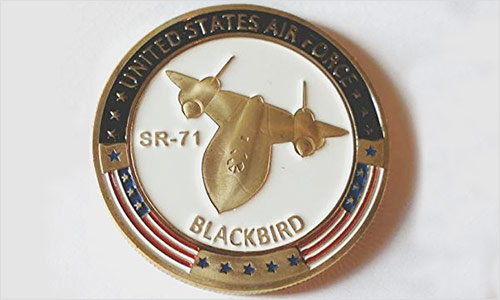
1) Always know what you are looking for.
Do you fancy those with unusual shapes like the SR-71 Blackbird challenge coin (a replica of the military aircraft) or those for commemoration like the Operation Iraqi Freedom War military challenge coin?
Collecting challenge coins is an expensive hobby since all of these pieces are collector’s items. Doing your homework, making a little research, and educating yourself on challenge coins collecting will help you a lot.
2) Learn from the military unit coin experts.
Gather tips from the pro before launching into your master plan. The challenge of the hunt is when you search for a challenge coin that is worth displaying in your shadowbox.
As a rule of thumb for every coin collector both old and new: ask around from the right people. True, there is always the online resource but the numismatic experts and long-time collectors have plenty of tricks up their sleeves. Get information from them on where to get the best deals in collecting military challenge coins.
3) Go to military coin auctions.
A good way to learn about coins, whether challenge coins or just about any numismatic article, is through public unit coin auctions. In real-life auctions, sharpen your senses and note what pieces are valuable.
When participating in online challenge coin auctions, read thoroughly on the coin’s descriptive details (weight, dimension, specifications, etc). What you get might be a little different from what you’ve been expecting based on the internet pictures.
Military challenge coin auctions are also the best venues for you to hobnob with the dealers and other challenge coin collectors in the bourse floor.
4) Join challenge coin discussion groups.
Challenge coin discussion groups are where you can find new articles and event announcements regarding your passion. Got questions about challenge coins? Join a challenge coin forum, start a thread, and sit back and wait for answers. This is also where you can interact with other military coin collecting enthusiasts from near and far.
Yes. There are also challenge coins outside the military. These coins are produced exclusively for fraternities, colleges, and sports organizations such as the NFL, NASCAR, and World Series of Poker.
What are the challenge coin prices?
Ready-made challenge coins from different organizations and military units are available in the market. But you can also opt for a custom-made challenge coin.
Personalized challengecoin prices can be a bit costly, too. The cost in making the military coin dye (used to make an imprint on the coin) is about US$250 plus an average of US$7.00 per coin. Factors to consider are the quantity, design, color, finish, and etc.
Sometimes, challenge coins manufacturers will make their production off-shore in China and in South Korea where expenses are cheaper than in the US.
What are military coin display cases?
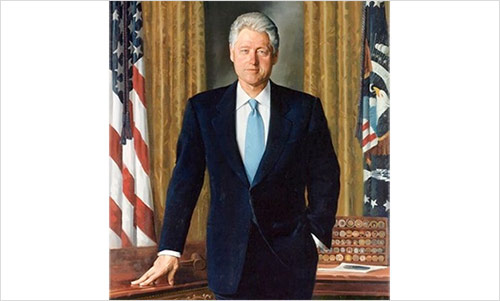
Your challenge coin collection is something to be proud of. That’s why your unit coin should be displayed nicely in your home or in your office.
Former US Pres. Bill Clinton even had his official portrait taken with his military challenge coins in the background. His array of challenge coins is sitting on a five-tiered wooden display rack.
There are many other ways to show your coins. Popular military coin display cases are made of wood. You can choose among memorial coin shadowboxes, unit coins display cases, and military coin holders with a beautiful wooden finish. Other options are plastic pyramid holders and display cases made of glass.

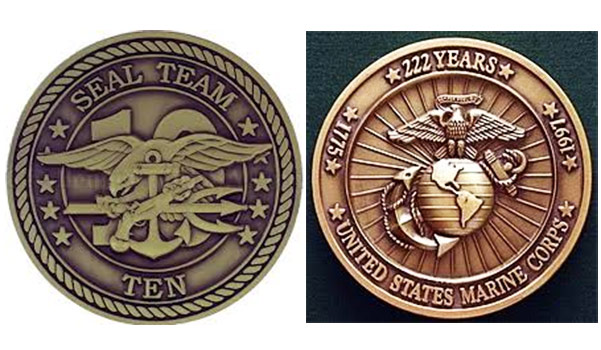




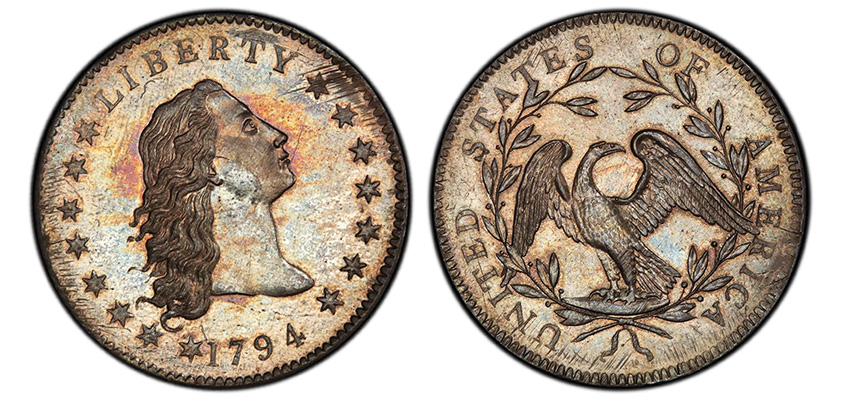
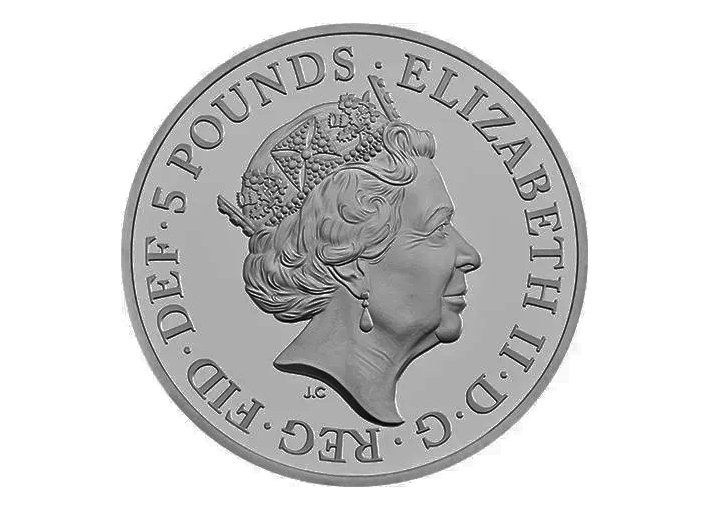
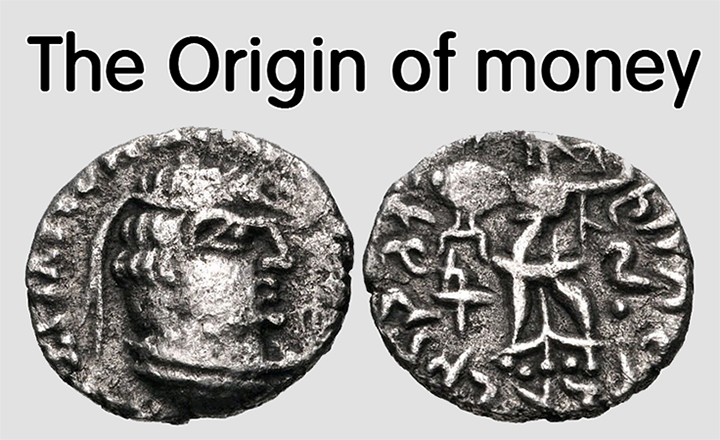
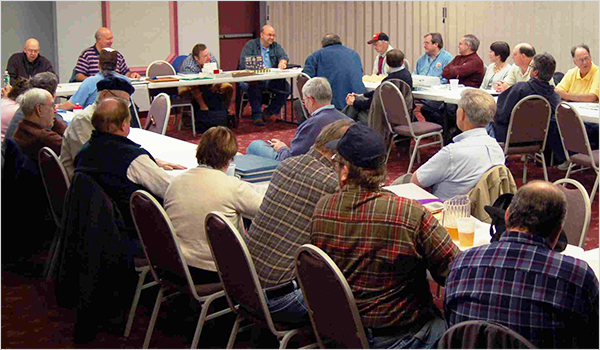

Leave a Reply